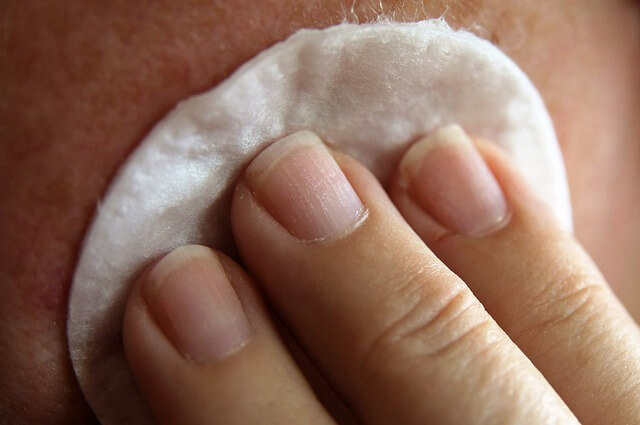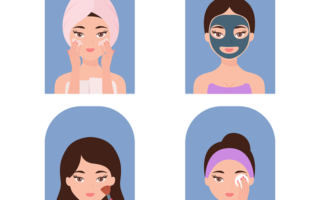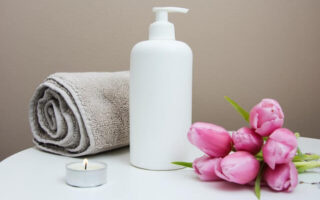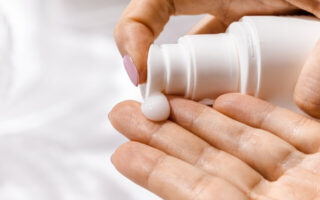Exfoliating your skin regularly can improve its appearance by removing built-up dirt, oil and dead skin cells. It can also help unclog pores, which can reduce blackheads and acne.
There are two main types of exfoliation: physical and chemical. But we’ll focus on physical exfoliation in this blog post.
Physical exfoliation is the process of removing dead skin cells from the surface of your skin using a physical agent, such as a granule, scrub, cloth, or brush.
Physical exfoliation relies on friction to slough away dead skin cells. It uses tiny particles or beads to scrub away the top layer of skin cells. The abrasive action of these agents helps to dislodge the cells from the surface of your skin, allowing them to be washed or wiped away.
Using large beads and abrasive pads can cause micro-tears in the skin. It can lead to irritation, inflammation, and the introduction of bacteria below the skin’s surface. So, it’s important to use small granules and scrubs, as well as soft brushes or pads and avoid scrubbing too hard.
When used correctly, physical exfoliation can leave your skin feeling softer, smoother and looking more radiant. It can also help makeup go on more evenly and help skincare products penetrate more deeply into your skin.
If you have sensitive skin, be sure to use a gentle exfoliating agent and avoid scrubbing too hard. As a beginner, you may also want to limit exfoliation to once or twice a week. You can gradually increase the frequency as your skin becomes more accustomed to it.




